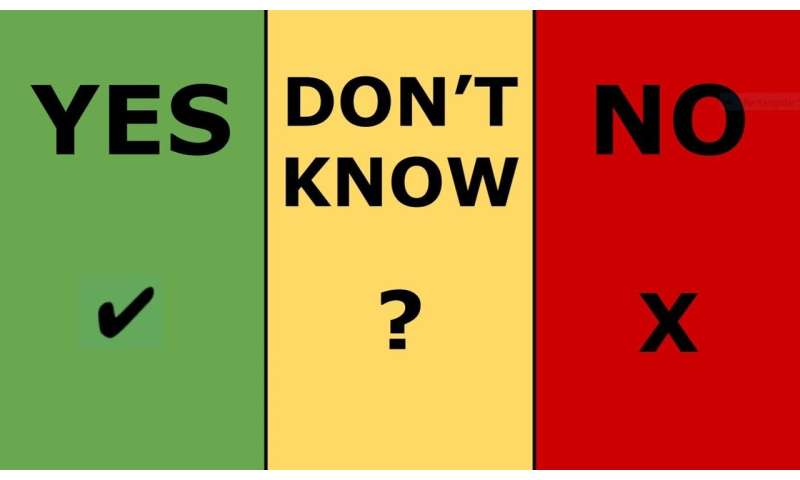New tools help healthcare professionals communicate with COVID-19 patients

Speech-language experts from The Ohio State University and across the country have teamed up to produce a free online suite of tools and resources for healthcare professionals to utilize in the treatment and care of patients battling COVID-19 who are unable to speak.
Speech-language pathologists, nursing leaders and engineers from the Patient-Provider Communication (PPC) Forum developed the toolkit with support from the U.S. Society of Augmentative and Alternative Communications.
As the coronavirus pandemic worsens, experts anticipate a dramatic increase in patients who require intubation and mechanical ventilation to aid in their breathing. Intubated patients cannot speak, but the tools and resources provided by the Forum provide opportunities to communicate with these patients and support their ongoing treatment.
Mary Beth Happ, associate dean of research and innovation at the College of Nursing, is a member of the PPC Forum and a co-creator of the Study of Patient-Nurse Effectiveness with Assisted Communication Strategies (SPEACS, pronounced “speaks”) online communication training and demonstrations.
“We designed these tools to be low-tech, easy-to-use and, above all, helpful to clinicians on the front lines of the fight against this pandemic,” said Happ. “The faster clinicians can understand what their patients are experiencing—especially those patients who cannot speak—the better they can respond to their patients’ needs during treatment and recovery.”
The tools available online, which can be used for patients of all ages, include:
- Printable communication tools to support communication between healthcare professionals and patients who cannot speak
- Tips to support bedside communication and prepare materials
- List of resources such as online learning modules, videos and free/low-cost communication materials
- Contact information for members of the PPC Forum who both created these tools and are continually developing materials to aid in communication with patients who cannot speak
- Unique case examples of how the tools and resources can be used
Source: Read Full Article



